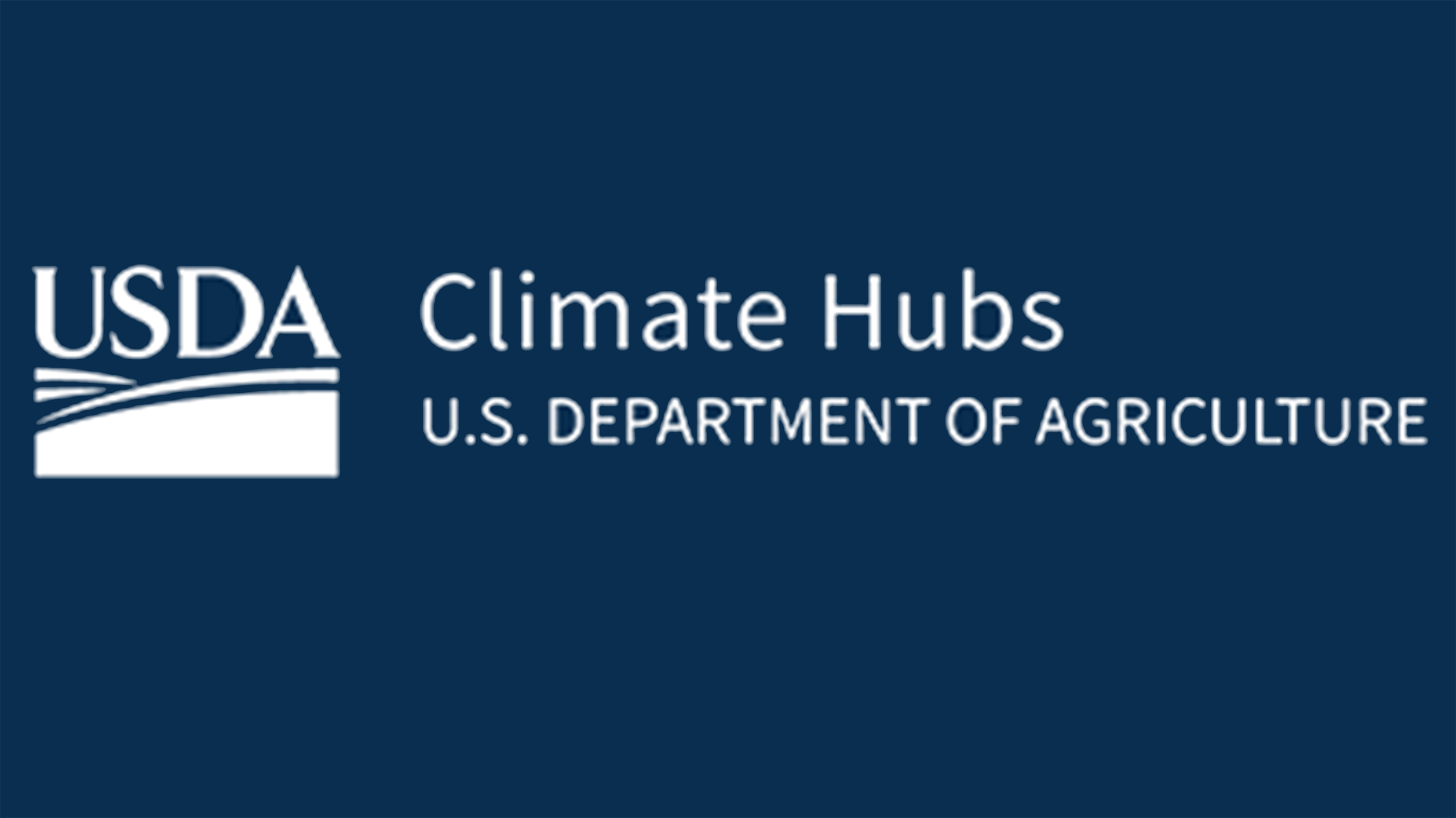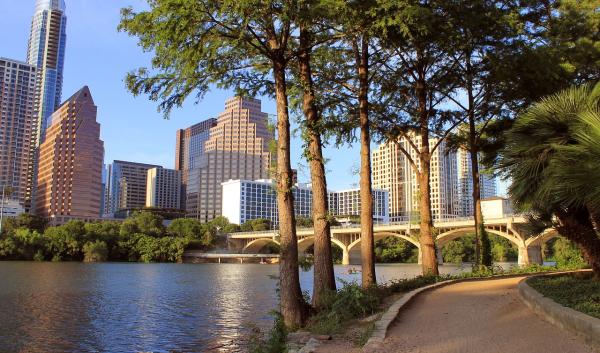Disturbances
 Disturbances and stressors are often thought as one in the same and while they can have similar effects to agriculture production to rangeland and forest resources there are important differences worth considering. It is important to note these differences because it may change the management approach or practice being considered when dealing with a disturbance event like a flood or persistent stressor such as nitrogen deposition.
Disturbances and stressors are often thought as one in the same and while they can have similar effects to agriculture production to rangeland and forest resources there are important differences worth considering. It is important to note these differences because it may change the management approach or practice being considered when dealing with a disturbance event like a flood or persistent stressor such as nitrogen deposition.
Examples of ecological disturbances include fires, landslides, flooding, windstorms and insect and pest outbreaks. Disturbances often come in the form of short-term or temporary changes to the landscape but can have very significant ecosystem impacts. These events often act quickly but with great impact and thereby are able to promote changes to the physical structure of the system.
Continue to the full text of Disturbances and Stressors or browse related content:
-
Landowner Forest Climate and Action Scorecards
Forest Climate and Action Scorecards are designed to help private landowners consider the climate change in the context…
-
Vulnerability Assessment of Austin’s Urban Forest and Natural Areas
Assessment of the vulnerability of Austin, Texas's urban forest to climate change.
-
Northwest Wildland Fire Smoke Information
Smoke information for the Northwest region (AK, OR, ID, WA).
-
Wildfire Awareness and Prevention in the Western Pacific
Wildfires caused by humans, climatic shifts, and increases in fire-prone vegetation are a growing issue within the U.S…
-
Southwest Wildfire Resources
A summary of wildfire information resources for the mainland Southwest U.S.
-
NPCH AgroClimate Extension Outreach Exchange

In March 2019, the USDA Northern Plains Climate Hub and partners organized a 2-day AgroClimate Outreach Exchange for 65…
-
Saltwater Intrusion: A Growing Threat to Coastal Agriculture
Researchers are showing that large storms are becoming more frequent, high tides are reaching farther inland, and…
-
Dust Mitigation Handbook
Dust emission from cropland and rangeland is problematic in many areas, particularly where dry conditions and high wind…
-
Midwest U.S. Climate Resiliency Toolkit
Increasing humidity and precipitation and rising extreme temperatures are having negative impacts across the Midwest.…








